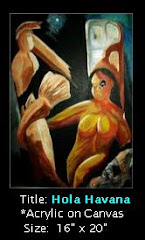In 1940, with America more than a year from entering WWII, Jimmy Roosevelt – son of President Franklyn Delano Roosevelt, went into business producing Panoram Jukeboxes.
A Look Magazine article of November1940 described the business venture this way:
"By 1941, he and his partners "expect to have 30,000 of these miniature movies in taverns, hotels and restaurants -- each averaging $50 in dimes and paying $10 film rental a week."
The Panoram, a complex mini-theatre, ran a continuous 16mm loop with usually 6 to 8 3-minute films. Often short musical numbers, but sometimes interspliced with some cheesecake footage of women in bathing suits to attract the service boys on leave.
A metal strip on the film loop would turn off the projector – that is – until you dropped another dime into the machine.
For a time, during the 1940s, these refrigerator sized video jukeboxes were very popular and could be found in thousands of bars, cafes, and upscale dancing establishments.
The jukebox cost roughly $10,000 in today’s dollars – an extraordinary sum at a time – roughly equivalent to the cost of a new car.
The Panoram faded from the scene by the late 1940s, killed off by a combination of lack of materials due to the war, and the emergence of television towards the end of the decade.
But for a brief run, they provided a unique venue where many musical acts were introduced to the public.
While hundreds of soundies were made, most have been lost over time. We are lucky, however, to have quite a few available on the Internet Archive to view.
If these films appear to be `mirror images’, they are. They were originally printed backwards so they could be rear projected in the Panoram via a series of mirrors.
So . . . set back, relax, and go back nearly 70 years in time to watch music videos the way our parents and grandparents watched them. No dime required.
Click the images below to watch.
Joy Hodges sings Row, Row, Row, a hit from the Zeigfeld Follies of 1912.
Susan Miller Does the Bugle Woogie from 1941
`Hawaiian Dancing Girls’ from 1943.
Don’t let it trouble you that there is a blonde and probably a redhead in the group.
Harry Day and Della and the June Taylor Girls in a great jive dance routine. June Taylor would go on to choreograph – in Busby Berkley style – for the Jackie Gleason show in the 1950s.
Reg Kehoe and his Marimba Queens
Novelty bands and orchestras (Anyone Remember Phil Spitalny?) were very popular in the 1940s.
Thelma White and Her All-Girl Orchestra Another little remembered novelty band – but they do swing!
What the Country Needs (1941) performed by The Singing Powers features a youthful `Mouseketeer’ Jimmie Dodd.
The Three Suns doing Beyond The Blue Horizon
Tica Ti Tica Ta features Ginger Harmon and the Mercer Brothers











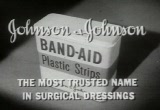
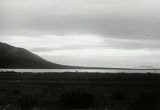
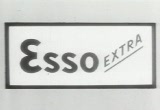







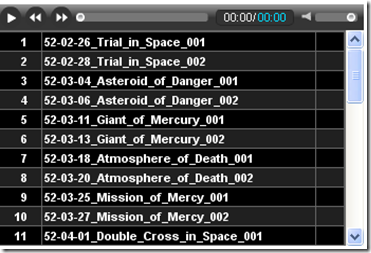
![[movies]](http://www.archive.org/images/mediatype_movies.gif)



